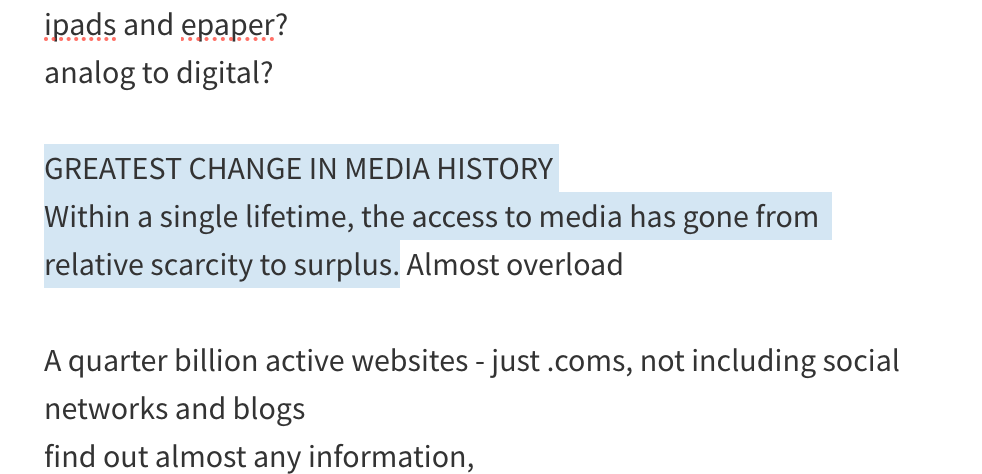SI, the LA Times, and how we got here
A lesson in scarcity, abundance, and the business of sports journalism
Even by the standards of the 2000s, this has been a gnarly week for the journalism industry and sports journalism in particular.
First, the generically named private equity overlords that own Sports Illustrated announced they were laying off most of the writers on staff. Then, the LA Times announced it was laying off 20 percent of its newsroom — including its Dodgers beat writer. Which means that the paper of record in the second largest city in the US does not have a dedicated reporter covering the most compelling team in MLB this season.
Truth be told, this is a continuation of what’s been happening to newspapers and journalism for the past 20-25 years. But when it hits the biggest names in the industry, ones with symbolic importance, it cuts a little deeper.
All of us who teach in this area have a lot of soul searching to do, a lot of thinking about how we balance teaching journalism, something that is vital to our world and how we interact with it, with the realities of the journalism industry. I’m sure I’ll have more to say on that as I think this through.
But this week, I want to take a look back. How did we get to this point in journalism?
It’s a question that feels easy, right? The internet. That’s how we got here. Newspapers didn’t see the internet coming. They gave away all their content for free. Craigslist, Google, and Facebook took all the advertising. People just don’t value real journalism anymore. I’m sure I’m missing some.
The real answer is larger than all of those points. And it comes back to the most important thing I learned in graduate school.
Scarcity to abundance
In the fall of 2012, I took a New Media Business class with Vin Crosbie at the Newhouse School. If memory serves, I was the only Ph.D. student in the class. The rest were master’s students.
Vin was, and is, a successful media executive and a brilliant thinker about digital media.
It was Sept. 12, 2012, when I learned the single most important lesson I learned in all of graduate school. It’s the answer to the question, “what is the greatest change in media history in our lifetime?”
The easy answer is The Internet. But it’s deeper than that.
Within a single lifetime, the access to media has gone from relative scarcity to surplus.
Scarcity to abundance. A generation of my media economics students at SUNY Oswego probably still mumble that in their sleep, I talked about it so much. Vin has written about it widely — here’s one example.
Let’s look at this from a sports perspective: When I was growing up in the 1980s, here’s how I could get my sports news:
The local newspapers (We got the Buffalo News, the Niagara Gazette, and the Union Sun & Journalism delivered).
The brief nightly sportscasts on the three Buffalo TV affiliates.
Sports Illustrated and the Sporting News, both of which we got at our house.
ESPN and the nightly Sportscenter.
That’s it.
Now … well, you get the idea right?
It’s easy to forget that back in the pre-digital days, newspapers were a fantastic business. Annual profits were in the range of 30 percent. This was an entire plot point in a John Grisham novel. Owning a newspaper was good business.
Back then, the general rule was newspapers made about 70-80 percent of their revenue from advertising, and the rest from circulation. And about 70-75 percent of the ad revenue came from classified ads (for the young ones reading, think Craigslist but in newspaper format).
Here’s why this matters: Advertising in the newspaper was so valuable because it was an era of scarcity.
If you wanted to know what was happening in the world and in your community, if you wanted the high school football scores and the update on the pitcher’s injury and the local government and all of that, the only place to get that was the local newspaper. That made the advertising space in the paper extremely valuable. Because it was the only place to reach a large, local audience. If you wanted to sell your car or advertise your garage sale, the classified ads were the only place to do that.
Scarcity made newspapers and magazines valuable.
What digital media brought was information abundance. And once that scarcity was gone, newspapers and magazines lost so much of their economic value. Why pay for an ad in the newspaper when you could do it on Craiglist for free? Why advertise in a newspaper when you could go to Google and only pay when someone clicks on an ad?
The world of abundance is fantastic for sports fans, readers, and audience members. But the loss of scarcity started the downward spiral the business continues on to this day.
The fact is, the business model that sustained daily journalism for the 20th century, the one that built the industry we grew up in and love, is fundamentally incompatible with the world of digital abundance we have now.
So what comes next?
This the frustrating thing. Because we’ve been talking about this since I was in college in 1999. And we’re no closer to an answer.



